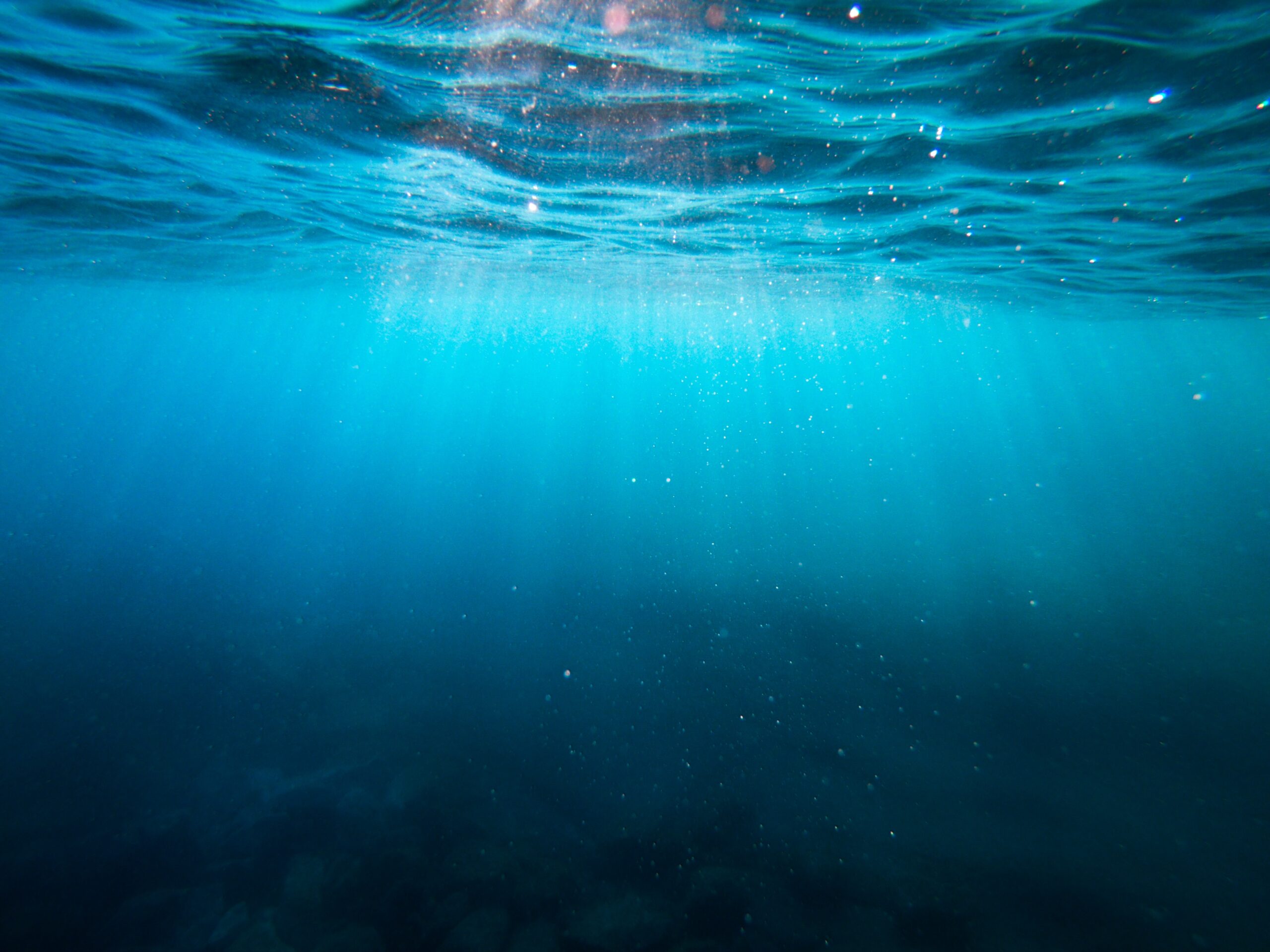
Heading to the beach with your young ones can be an exciting and fun-filled adventure, but it’s important to prioritize their safety in and around the water. With that in mind, this article presents a collection of helpful water safety tips specifically designed for young children at the beach. From closely supervising them and teaching them how to swim, to utilizing life jackets and establishing clear boundaries, these tips will equip you with the knowledge and strategies needed to ensure a safe and enjoyable beach experience for your little ones.

This image is property of images.unsplash.com.
1. General Safety Precautions
Supervision
When it comes to water safety for young children at the beach, supervision is crucial. Always make sure that your child is within your sight and reach. Keep a close eye on them, especially when they are in the water. Stay vigilant and attentive to any potential dangers or signs of distress.
Swim Lessons
Teaching your child how to swim is one of the best ways to ensure their safety in the water. Enroll them in age-appropriate swim lessons where they can learn essential swimming skills and water survival techniques. These lessons will not only help boost their confidence but also provide them with the necessary skills to navigate the water safely.
Life Jackets
Life jackets are essential safety equipment for young children at the beach. Make sure your child wears a properly fitting life jacket whenever they are near or in the water, especially if they are not yet confident swimmers. A life jacket will provide them with the necessary buoyancy and ensure their safety in case of any accidental falls or currents.
Sun Protection
Sun protection is a critical aspect of beach safety for young children. Always remember to apply a broad-spectrum sunscreen with a high SPF before heading out to the beach. Also, don’t forget to reapply it every few hours or after swimming. Additionally, dress your child in sun-protective clothing, such as a rash guard or a wide-brimmed hat, to shield them from harmful UV rays.
2. Choosing the Right Beach
Lifeguard Presence
When selecting a beach for your child, prioritize those with lifeguard presence. Lifeguards are trained professionals who can quickly respond to any emergencies and help ensure the safety of beachgoers. Their skills and knowledge are invaluable in preventing and managing water-related incidents.
Beach Conditions
Before heading to the beach, it is essential to check the current beach conditions. Look for any warnings regarding strong currents, rough surf, or hazardous weather conditions. It’s also helpful to be aware of the tide schedule to avoid potentially dangerous situations, such as being caught in a rapidly rising tide.
Crowd Density
Consider the crowd density when choosing a beach for your child. A beach with a high density of people can increase the chances of accidents or distractions, making it harder to keep track of your child. Opt for beaches with a reasonable number of beachgoers, providing a balance between safety and an enjoyable experience.
Shallow Water Areas
Look for beaches with designated shallow water areas for young children. These areas are typically marked and provide a safer environment for your child to play and swim. Shallow water areas allow children to enjoy the beach while minimizing the risks associated with deeper water and stronger currents.
3. Understanding Rip Currents
Definition
Rip currents are powerful, narrow channels of water that flow away from the shore. They can pose a significant threat to swimmers, especially inexperienced ones. Understanding what rip currents are and how they behave is crucial for your child’s water safety at the beach.
Spotting Rip Currents
Teach your child how to spot rip currents. Look for signs, such as discolored or churning water, gaps in the waves, or a noticeable difference in the water’s texture. Help them understand that avoiding these areas is essential to staying safe in the water.
Reacting to Rip Currents
If your child finds themselves caught in a rip current, it’s crucial to teach them how to react. Instruct them to stay calm, conserve their energy, and avoid trying to swim directly back to shore against the current. Instead, encourage them to swim parallel to the shore until they escape the current’s pull. If they can’t swim out of it, teach them to signal for help and wait for assistance from a lifeguard or other trained individuals.
4. Establishing Clear Rules
No Swimming Alone
Make it a rule that your child should never swim alone at the beach. Always emphasize the importance of having a buddy or an adult nearby when going in the water. Swimming with a partner ensures that there is someone to call for help or provide assistance in case of an emergency.
Stay Close
Encourage your child to stay close to the shore and within your sight. Explain that venturing too far out into deeper water can be risky, especially without adult supervision. Emphasize the importance of staying in an area where they can touch the bottom comfortably and still be able to see you.
No Running on Wet Sand
Running on wet sand can be dangerous, as it becomes slippery and increases the risk of falls and injuries. Establish a rule that your child should avoid running on wet sand to prevent accidents. Encourage them to walk carefully to ensure their safety and reduce the chances of slips or collisions.
Avoid Dangerous Activities
Teach your child to avoid engaging in dangerous activities at the beach. Discourage them from diving into unfamiliar waters, jumping off cliffs or rocks, or participating in any activities that could put their safety at risk. Encourage them to prioritize their well-being and make responsible choices while enjoying their time at the beach.

This image is property of images.unsplash.com.
5. Watch for Signs of Distress
Swimming Ability
Keep a constant eye on your child’s swimming ability. Be realistic about their skills and limitations in the water. Recognize that even if they have completed swim lessons, they may still need supervision and assistance, especially in more challenging water conditions.
Fatigue
Watch for signs of fatigue in your child while they are in the water. Fatigue can weaken their swimming abilities and increase the chances of accidents or distress. If you notice signs of fatigue, encourage your child to take a break, rest, and hydrate to regain their strength before returning to the water.
Disorientation
Sometimes, children can get disoriented in the water, particularly in unfamiliar beach settings. Teach your child how to stay oriented and aware of their surroundings. Encourage them to identify landmarks on the shore that can help them maintain their bearings and find their way back if needed.
Calls for Help
Instruct your child to call for help if they ever find themselves in a situation where they cannot swim or return to shore on their own. Teach them to yell for assistance, wave their arms, or use any available objects (such as a flotation device) to signal for help. Emphasize that seeking help is not a sign of weakness, but rather a proactive step towards ensuring their safety.
6. Teach Basic Water Safety
Floatation Devices
Teach your child about different types of flotation devices and their importance. Show them how to properly use a life jacket or other appropriate floatation devices. Make sure they understand that these devices are not toys and should be worn or used whenever they are in or around the water.
Breath Control
Help your child develop good breath control while swimming. Teach them techniques for holding their breath underwater and exhaling smoothly while resurfacing. Good breath control not only enhances their swimming abilities but also helps them stay calm and focused in the water.
Swim Parallel to the Shore
Teach your child to swim parallel to the shore if they ever find themselves caught in a current or drifting away from their desired location. Reinforce the idea that swimming directly back towards the shore against a strong current can be exhausting and ineffective. Swimming parallel to the shore allows them to escape the current’s pull and find a safe way back.
Don’t Dive into Unknown Waters
Diving can be hazardous, especially in unknown waters. Teach your child to never dive headfirst into the water unless they know the depth and it is deemed safe by a responsible adult. Diving into shallow water or areas with hidden obstacles can result in serious injuries. Encourage them to enter the water feet-first to minimize the risk of injury.

This image is property of images.unsplash.com.
7. Be Mindful of Hazards
Underwater Obstacles
Educate your child about potential underwater obstacles such as rocks, coral reefs, or submerged objects. Warn them about the dangers of colliding with these obstacles and encourage them to be mindful of their surroundings while swimming. Advise them to enter and exit the water cautiously, especially in areas where rocks or other underwater hazards are present.
Marine Life
Teach your child to be cautious and respectful of marine life. While encountering marine creatures can be exciting, ensure that your child understands the importance of keeping a safe distance and not touching or provoking any animals they may encounter. Provide them with information about local marine species and their typical behaviors to enhance their awareness and appreciation.
Sharp Shells and Rocks
Instruct your child to watch out for sharp shells and rocks on the beach. Explain that stepping on or handling these objects can result in cuts or injuries. Encourage them to wear appropriate footwear, such as water shoes, to protect their feet while walking on the beach or exploring near the shoreline.
Waves and Undertow
Make sure your child understands the power and unpredictability of waves. Teach them to respect the ocean and its currents, especially strong waves or undertows. Instruct them to avoid turning their back on the waves, as they can quickly knock them off their feet. Emphasize the importance of staying alert and being cautious around the water’s edge.
8. Stay Hydrated and Nourished
Drink Plenty of Water
Remind your child to drink plenty of water while they are at the beach. The combination of sun exposure and physical activity can lead to dehydration if they do not stay properly hydrated. Encourage them to take regular breaks and drink water to replenish their fluid levels.
Avoid Dehydration
Teach your child to recognize the signs of dehydration, such as dizziness, fatigue, or excessive thirst. Explain that these are indications that their body needs more fluids. Encourage them to seek shade, rest, and hydrate if they experience any symptoms of dehydration.
Pack Nutritious Snacks
Ensure that your child has access to nutritious snacks while at the beach. Pack fruits, vegetables, and other healthy snacks to keep their energy levels up. Avoid sugary or salty snacks that can contribute to dehydration. A well-nourished child will have the energy and stamina to enjoy their time at the beach safely.
9. Create a Safe Beach Environment
Secure Beach Items
Secure your beach items to prevent accidents or injuries. Ensure that umbrellas, chairs, and other beach equipment are securely anchored in the sand. Loose or unsecured items can be toppled by strong gusts of wind, potentially causing harm to your child or others nearby.
Observe Local Warnings
Pay attention to local warnings and advisories. Many beaches provide information about potential hazards or conditions that could affect safety, such as jellyfish or rip currents. Familiarize yourself with these warnings and make sure your child is aware of any specific risks related to the beach you are visiting.
Designated Meeting Point
Establish a designated meeting point with your child. Instruct them to go to this predetermined spot if they ever become separated from you. Choose a location that is easily identifiable, such as a lifeguard tower or a specific landmark. Knowing where to go in case of separation ensures that you can locate each other quickly and minimize any potential distress.
Provide Shade and Rest Areas
Ensure that your child has access to shade and rest areas at the beach. Prolonged sun exposure can lead to sunburn and heat-related illnesses. Set up a beach umbrella or seek out shaded areas where your child can take breaks from the sun and rest. Balancing sun exposure with periods of shade helps protect their skin and overall well-being.
10. Knowledge of Safety Equipment
Identify Lifeguard Towers
Teach your child to identify and locate lifeguard towers at the beach. Explain that lifeguards are trained professionals who can provide assistance and ensure their safety. Instruct them to approach a lifeguard if they need help or if they notice anyone else in distress.
Learn How to Use Life Preservers
Familiarize your child with the proper use of life preservers. Show them how to put on a life jacket and adjust it for a snug fit. Teach them how to fasten or secure other types of floatation devices, ensuring they understand how to use them effectively during water-related activities.
Be Familiar with First Aid Kits
Introduce your child to the concept of first aid kits and their importance. Teach them about basic first aid supplies and how to use them for minor injuries or emergencies. Encourage them to inform a responsible adult or a lifeguard if they or someone else requires medical assistance beyond their capabilities.
Carry a Whistle or Safety Device
Encourage your child to carry a whistle or safety device while at the beach. Explain that these items can be used to attract attention or signal for help if they ever find themselves in an emergency situation. Ensure they understand how to use them and when it is appropriate to do so.
In conclusion, the best water safety tips for young children at the beach involve a combination of supervision, education, and proactive measures. By following these comprehensive safety precautions, choosing the right beach, understanding rip currents, establishing clear rules, watching for signs of distress, teaching basic water safety, being mindful of hazards, staying hydrated and nourished, creating a safe beach environment, and having knowledge of safety equipment, you can ensure that your child has a safe and enjoyable beach experience. Remember, water safety should always be a priority, and a little preparation goes a long way in preventing accidents and promoting a fun-filled day by the ocean.



